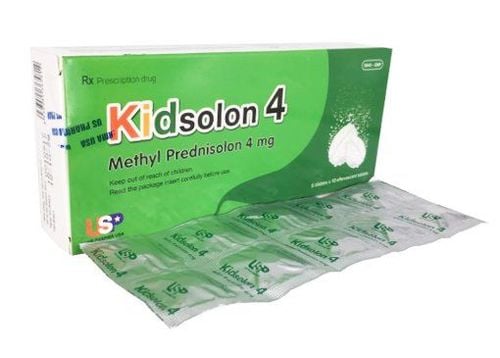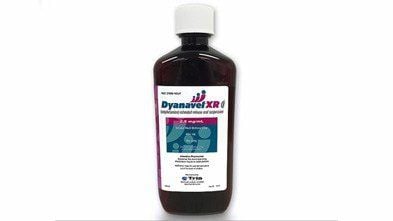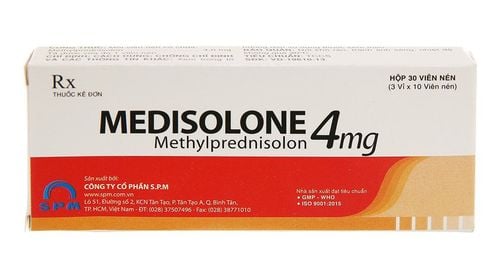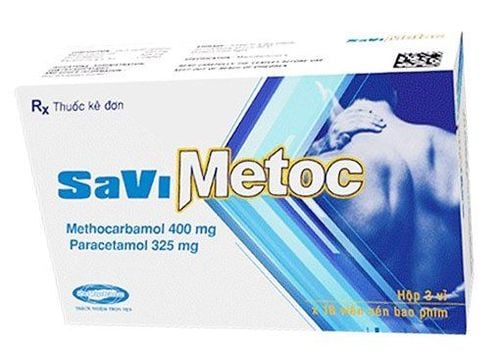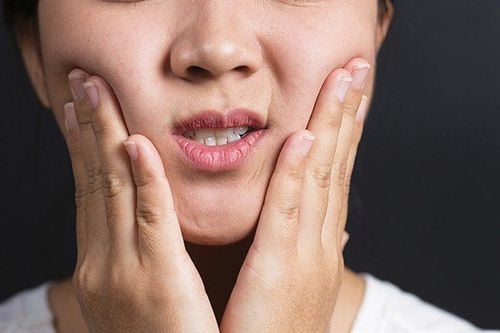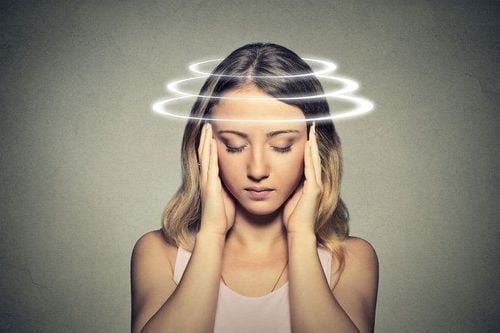This is an automatically translated article.
When you have a headache in your temples, it's best to find out what type of headache you have so that you can find the cause and the best therapies to relieve the pain. Here are a few different types of headaches that can cause pain in the temples.
1. Tension headache
This is the most common type of headache, tension headaches usually cause a dull, non-throbbing pain. You may feel:
Forehead pain Pain in your neck or back of your head (tension headaches that originate in the neck muscles at the base of your skull) A feeling of pressure in your head or a squeezing In most cases In some cases, the pain should go away when you take an over-the-counter pain reliever.
In some people who get tension headaches when they're stressed or tired, this is called episodic tension headaches. Others have chronic tension headaches, which means symptoms occur several times a week or even occur frequently.
You can treat your own tension headaches by trying an over-the-counter pain reliever such as acetaminophen , aspirin or ibuprofen . Sometimes a short nap is enough to relieve a headache.
If you take medicine every day but your headache doesn't go away, see your doctor for a proper diagnosis and treatment plan.

Người bệnh có thể tự điều trị đau đầu căng thẳng bằng các thuốc giảm đau không kê đơn
2. Migraine Headache
Migraines are also known as vasomotor headaches, although migraine symptoms vary from person to person, migraine headaches usually begin in the temple.
Pulsating pain can radiate to both temples but usually occurs on only one side of the head. Other symptoms of a migraine may include:
Fatigue, depression or discomfort before the headache occurs Nausea or vomiting Sensitivity to light or sound Seeing halos lights or flashing lights Watery, runny, or stuffy nose If left untreated, a migraine can last 4 to 24 hours. The treatment for migraines varies depending on the symptoms and frequency of pain.
If you have migraine symptoms, consider an over-the-counter pain reliever like acetaminophen, aspirin, or ibuprofen. Caffeine can also help, so try sipping a cup of coffee or tea. Some people use ice packs.
If the above measures don't work for your headache, you may need to see your doctor for a stronger treatment plan. Your doctor may prescribe an anti-nausea medication or a triptan medicine such as sumatriptan, rizatriptan, or zolmitriptan. Triptans stimulate serotonin in your brain and usually stop a migraine in 2 hours. This medication may be given as a tablet, nasal spray, or injection.

Bạn nên đến gặp bác sĩ để kê đơn điều trị nếu không thấy bệnh thuyên giảm
3. Temporal arteritis
Temporal arteritis feels like a migraine, because it begins with a sharp pain in the temple on one side of your head. But unlike migraines, temporal arteritis makes your temples painful to the touch. And throbbing symptoms can occur continuously, causing the patient to need to go to a medical facility.
Other symptoms of temporal arteritis include:
Mild fever Fatigue Loss of appetite Weight loss Jaw pain when chewing Temporal arteritis occurs when the temporal arteries on either side of your head swell , which reduces blood flow (sometimes called giant cell arteritis).
These arteries supply blood to your eyes, brain, and many other organs. In severe cases, this artery can become completely blocked. If that happens, you could be at risk of vision problems or even a stroke.
To diagnose this condition, doctors will test your blood for erythrocyte sedimentation rate. Basically, this test checks how quickly your red blood cells sink to the bottom of a test tube. A faster rate means there may be inflammation in your arteries.
Your doctor may order an artery biopsy to confirm the diagnosis. For temporal arteritis, your doctor may prescribe steroid medications to reduce inflammation in your arteries.

Tiến hành xét nghiệm máu để chẩn đoán viêm động mạch thái dương
4. Temporomandibular Joint Disorders
Another cause of pain in the temples is temporomandibular joint disorders. This condition causes pain in the muscles and joints in your jaw. Other symptoms include:
Pain in the temples Pain in any part of the head involved in chewing, such as the jaw or neck Hear the sound in the jaw Teeth that do not fit together Any doctor or dentist can diagnosis of temporomandibular joint disorders. Sometimes this disease goes away without treatment. To prevent this pathology, you need to stop a bad habit, such as grinding your teeth or biting your nails.
But if the pain persists, the doctor may prescribe:
Over-the-counter pain relievers Muscle relaxants Physical therapy Corticosteroid injections Endoscopic surgery
Please dial HOTLINE for more information or register for an appointment HERE. Download MyVinmec app to make appointments faster and to manage your bookings easily.
Article reference source: webmd.com



